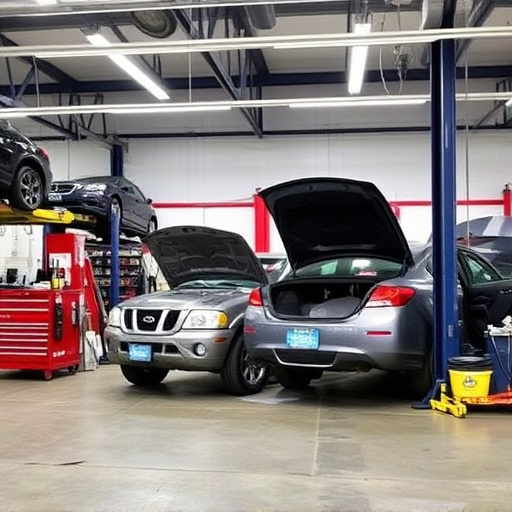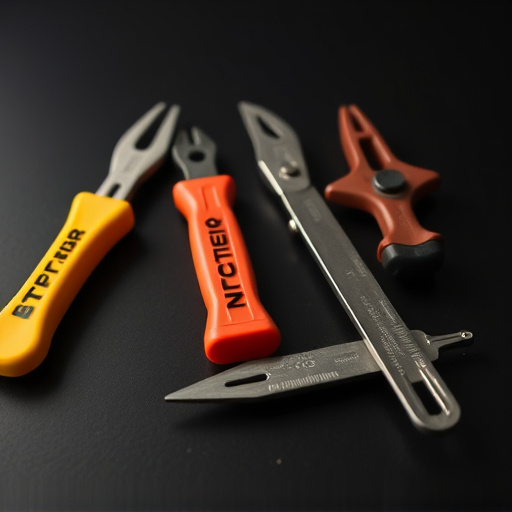The Transparent Repair Process (TRP) transforms car repairs by fostering open communication and customer involvement. By educating clients about vehicle repairs, offering customizable options, and providing before-and-after insights, collision repair centers build trust and empower customers. Implementing TRP is crucial for establishing long-term client relationships through honest and reliable business practices.
In today’s digital age, transparency is key to fostering strong client relationships. The transparent repair process offers a unique opportunity to elevate customer satisfaction and loyalty. This article delves into the fundamentals of this process, exploring how its benefits—from improved communication to enhanced trust—can be leveraged to build long-term partnerships. We’ll guide you through implementing these practices, ensuring your business thrives on transparency.
- Understanding Transparent Repair Process
- Benefits for Long-Term Client Relationships
- Implementing Transparency in Your Business Practice
Understanding Transparent Repair Process

The Transparent Repair Process (TRP) is a revolutionary concept in the automotive industry, particularly within car repair shops and collision repair centers. It involves an open and communicative approach to repairing vehicles, ensuring clients are well-informed throughout the entire process. This method goes beyond typical transparency by actively involving customers in decision-making, providing them with clear explanations, and offering customizable repair options.
By adopting TRP, a car repair shop can transform the often intimidating experience of dealing with a fender bender into a collaborative journey. It means educating clients about the repair process, showing them the before and after, and allowing them to choose the level of involvement they prefer. This not only enhances trust but also empowers customers to make informed choices, fostering a strong relationship between the client and the repair shop.
Benefits for Long-Term Client Relationships

Implementing a transparent repair process is a game-changer when fostering long-term client relationships in the automotive industry. This approach ensures that customers are actively involved and informed throughout the entire collision repair journey, from initial assessment to final restoration. By providing clear communication, detailed explanations of repairs required, and step-by-step updates, auto body repair shops can build trust and demonstrate their expertise.
For example, a Mercedes-Benz collision repair center utilizing this process can educate clients about the latest techniques and materials used in auto body repair, giving them peace of mind that their vehicle is in capable hands. Regular check-ins and transparent pricing structures create a sense of partnership, encouraging repeat business and referrals. This level of transparency sets shops apart from competitors, fostering a loyal customer base that appreciates honesty and reliability in automotive services.
Implementing Transparency in Your Business Practice

Implementing transparency in your business practice is a cornerstone of building long-term client relationships through a transparent repair process. It involves open communication about services offered, such as car bodywork services and auto glass replacement, as well as upfront pricing and the scope of work involved in repairs like car collision repair. By being transparent, you build trust with clients from the outset, ensuring they understand every step of the process and feel confident in your expertise.
This commitment to transparency goes beyond simply providing information; it’s about fostering a culture of honesty and integrity. Clients appreciate knowing exactly what is happening with their vehicles and why certain repairs are necessary. Embracing this approach not only strengthens client satisfaction but also encourages repeat business and positive word-of-mouth referrals, solidifying your reputation in the industry.
By adopting a transparent repair process, businesses can foster trust and build strong, lasting client relationships. This approach not only enhances customer satisfaction but also positions companies as ethical leaders in their industry. By being open about repairs, offering clear communication, and ensuring quality work, businesses can create a positive, empowering experience for clients. Implementing this strategy is key to long-term success and a competitive edge in the market.














